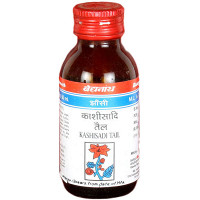Piles, Fissures & Fistula

What are Piles (Haemorrhoids)?
Haemorrhoids are swollen blood vessels in or around the anus and rectum. The haemorrhoidal veins are located in the lowest part of the rectum and the anus. Sometimes they swell so that the vein walls become stretched, thin, and irritated by passing bowel movements. Haemorrhoids are classified into two general categories: internal and external.
Internal Haemorrhoids lie far enough inside the rectum that you can't see or feel them. They don't usually hurt because there are few pain-sensing nerves in the rectum. Bleeding may be the only sign that they are there. Sometimes internal haemorrhoids prolapse, or enlarge and protrude outside the anal sphincter. If so, you may be able to see or feel them as moist, pink pads of skin that are pinker than the surrounding area. Prolapsed haemorrhoids may hurt because they become irritated by rubbing from clothing and sitting. They usually recede into the rectum on their own; if they don't, they can be gently pushed back into place.
External Haemorrhoids lie within the anus and are often uncomfortable. If an external haemorrhoid prolapses to the outside (usually in the course of passing a stool), you can see and feel it. Blood clots sometimes form within prolapsed external haemorrhoid, causing an extremely painful condition called a thrombosis. If an external haemorrhoid becomes thrombosed, it can look rather frightening, turning purple or blue, and could possibly bleed. Despite their appearance, thrombosed haemorrhoids are usually not serious and will resolve themselves in about a week. If the pain is unbearable, the thrombosed haemorrhoid can be removed with surgery, which stops the pain. Resist the temptation to scratch haemorrhoids, as it makes everything worse: the inflamed veins become more irritated; the skin around them becomes damaged.
Anal bleeding and pain of any sort is alarming and should be evaluated; it can indicate a life-threatening condition, such as colorectal cancer. Haemorrhoids are the main cause of anal bleeding and are rarely dangerous, but a definite diagnosis from your doctor is essential.
What are the symptoms of piles?
The symptoms of haemorrhoids include:
- Bright red bleeding from the anus. Blood may streak the bowel movement or the toilet paper.
- Tenderness or pain during bowel movements.
- Painful swelling or a lump near the anus.
- Anal itching.
- A mucus anal discharge.
What causes haemorrhoids?
Anyone at any age can be affected by haemorrhoid. They are very common, with about 50% of people experiencing them at some time in their life. However, they are usually more common in elderly people and during pregnancy. Researchers are not certain what causes haemorrhoids. "Weak" veins - leading to haemorrhoids and other varicose veins - may be inherited.
It's likely that extreme abdominal pressure causes the veins to swell and become susceptible to irritation. The pressure can be caused by obesity, pregnancy, standing or sitting for long periods, straining on the toilet, coughing, sneezing,vomiting, and holding your breath while straining to do physical labour.
Diet has a pivotal role in causing - and preventing - haemorrhoids. People who consistently eat a high- fibre diet are less likely to get haemorrhoids, but those who prefer a diet high in processed foods are at greater risk of haemorrhoids. A low-fibre diet or inadequate fluid intake can cause constipation, which can contribute to haemorrhoids in two ways: it promotes straining on the toilet and it also aggravates the haemorrhoids by producing hard stools that further irritate the swollen veins.
Seek medical advice if:
- You have rectal bleeding for the first time, even if you believe you have haemorrhoids. Colon polyps, colitis, Crohn's disease, and colorectal cancer can also cause rectal bleeding. An accurate diagnosis is essential.
- You have been diagnosed with haemorrhoids, and you have rectal bleeding that is chronic (daily or weekly) or more profuse than just streaking. Though rare, excessive haemorrhoids bleeding can cause anaemia.
- Surgery. For large internal haemorrhoids or extremely uncomfortable external haemorrhoids (such as thrombosed haemorrhoids that are too painful to live with), your doctor may choose traditional surgery, called haemorrhoidectomy. The success rate for haemorrhoid removal approaches 95%, but unless dietary and lifestyle changes are made, haemorrhoids may recur.
How do I know if I have piles?
First, your doctor will look at the anal area. He or she will likely also insert a lubricated gloved finger and may insert an anoscope (a hollow, lighted tube for viewing the lower few inches of the rectum) or a proctoscope (which works like an anoscope, but provides a more thorough rectal examination) into the back passage.
More procedures may be needed to identify internal haemorrhoids or rule out other conditions that may cause anal bleeding, such as anal fissure, colitis, Crohn's disease, and colorectal cancer.
To see further into the anal canal (into the lower, or sigmoid, colon), sigmoidoscopy may be used, or the entire colon may be viewed with colonoscopy. For both procedures, a lighted, flexible viewing tube is inserted into the rectum. A barium X-ray can show the entire colon's interior. First a barium enema is given and then X-rays are taken of the lower gastrointestinal tract.
What are the Home Remedies for Piles/Haemorrihds/Fissures?
- Warm sitz baths are a traditional therapy for piles: sit in about 8 cm of warm water for 15 minutes, several times a day, especially after a bowel movement. Put salt or betadine Ointment in water.
- You have to prevent constipation by following a high-fibre diet. Meals and snacks should consist primarily of vegetables, fruit and whole grains. Avoid any sort of Junk food, Oily & Spiced foods.
- Drink at least eight glasses of water each day; if your life is especially active or you live in a hot climate, you will need more.
- Wash 3-4 figs. Soak in a glass of water over night. Eat them first thing in the morning and drink its water. Again repeat in the night.
- Boil 1 ripe banana in 1 cup of milk, mash well. Take 3-4 times a day.
- Crush bitter gourd leaves and extract the juice. Mix 3 tsp in 1 glass of buttermilk, and drink on an empty stomach every morning, for a month.
- Drink a glass of buttermilk with 1/4 tsp carom seed powder (ajwain) and a pinch of salt.
- Insert petroleum jelly just inside the anus to make bowel movements less painful & avoid straining during a bowel movement.
- Coconut oil is known for its anti inflammatory and deep tissue absorption properties, is used mainly for external hemorrhoid treatment. Dip a cotton ball in pure coconut oil and apply it on the affected area. It moisturizes and eases inflammation, and will relieve the burning and itching sensation in and around the anus. Do this several times a day.
- Olive oil has anti-inflammatory and antioxidant properties and is used primarily to treat external hemorrhoids. It will help increase the elasticity of blood vessels, which in turn will help reduce inflammation and shrink the size of swollen blood vessels in the anal canal.
- Don't sit on the toilet for more than five to ten minutes at a time, and when wiping, be gentle. If toilet paper is irritating, try dampening it.
- Regular exercise is also important, especially if you have a sedentary job. Exercise helps in several ways: keeping weight in check, making constipation less likely, and enhancing muscle tone.
- Drink 10 to 15 ml karela & jamun mix juice in one cup of hot water at night after 2 hours of dinner.
- Aloe vera is one of nature’s best ingredients for treating hemorrhoids. The anti-inflammatory and therapeutic properties of aloe vera help reduce the irritation of hemorrhoids. Aloe vera can be used for both internal and external hemorrhoids

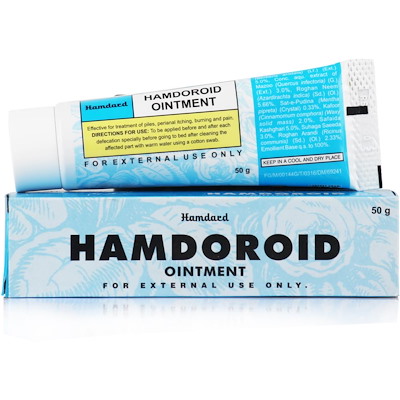
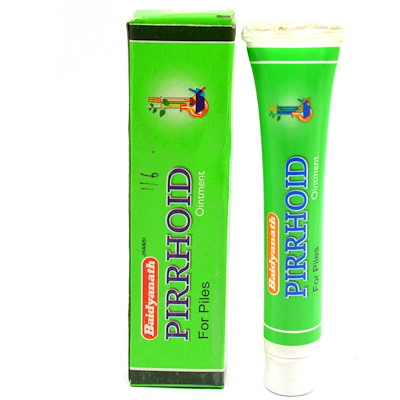
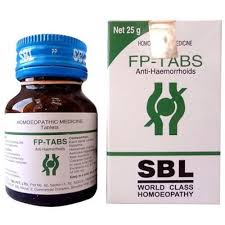
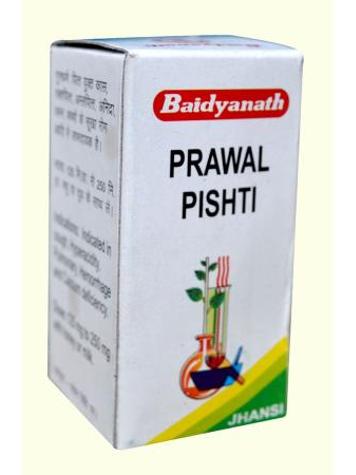
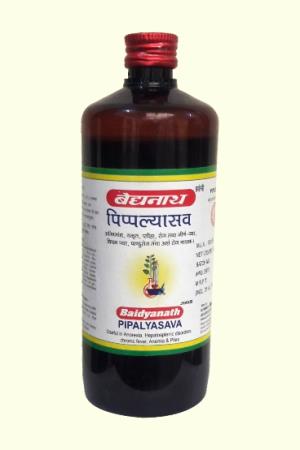

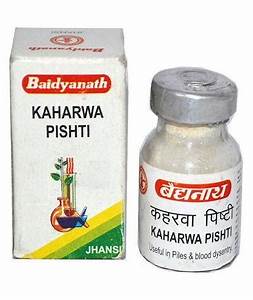
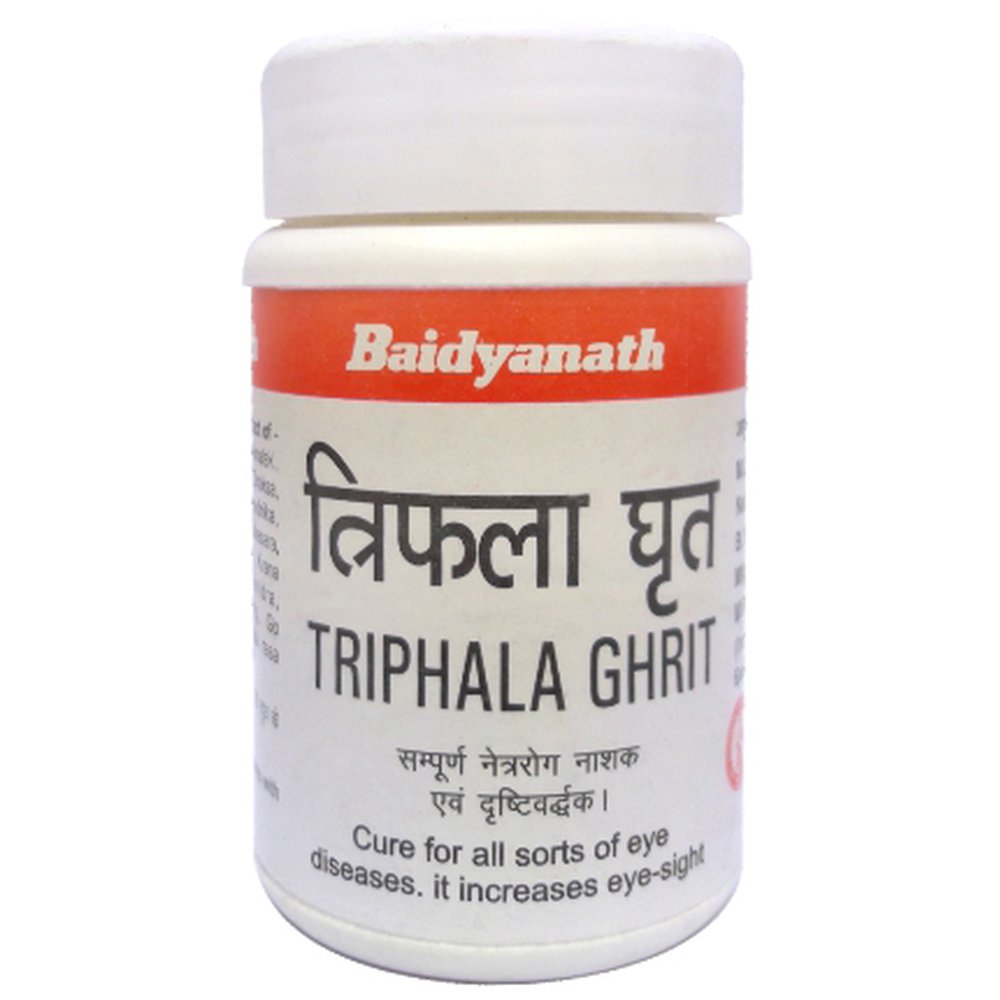
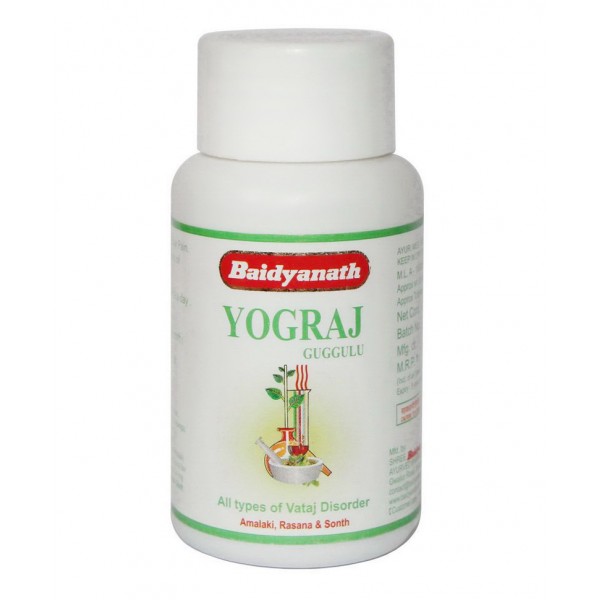
.jpg)
